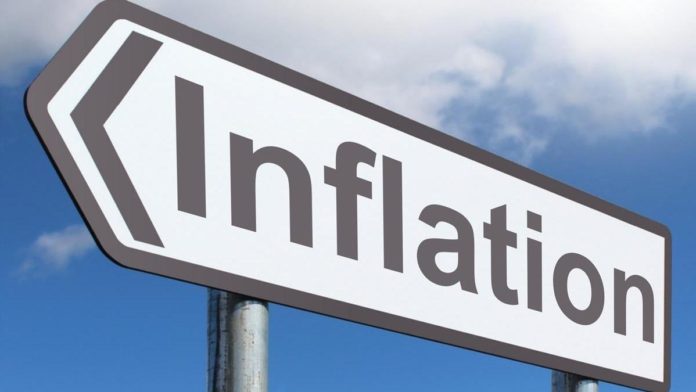ISLAMABAD (ABC) — Persistent inflation above 20% over the past two years has resulted in considerable demand contraction as real incomes and purchasing power have dwindled.
The latest inflation figures for March 2024 show a slight relief, with a year-on-year rate of 20.7%, marking a two-year low.
Despite this, inflation remains significantly above the long-term average, posing ongoing challenges for Pakistan’s economy.
Pakistan Inflation Data
Talking to WealthPK, Aamir Nazir Gondal, an additional secretary at the Finance Division, emphasised that this trend, driven partly by the government’s reliance on debt to cover fiscal deficits, continues to fuel inflationary pressures.
“The government’s failure to implement effective reforms to rationalise spending and expand the tax base exacerbates the situation, keeping the fiscal deficit high.
Elevated fiscal deficits eventually translate into higher inflation, as more money is injected into the economy against a backdrop of limited goods and services,” he pointed out.
“The impact of demand destruction is palpable in key sectors like manufacturing, where the large-scale manufacturing index remains below peak levels.
Rising electricity prices further constrain economic activity, with both industries and households feeling the pinch.”
Talking to WealthPK, Mumtaz Hussain Shah, joint secretary at the Finance Division, emphasised the forthcoming challenges.
He pointed out that the escalating global commodity prices presented added hurdles, especially for Pakistan, which heavily relied on imports.
He underscored that the lack of structural reforms, such as curbing oil consumption or enhancing exports, exposed the economy to supply-side strains, leading to inflationary cycles.
“Policymakers’ inaction exacerbates risks, with currency fluctuations undermining export competitiveness.
The trend towards an overvalued currency, compounded by looming foreign debt repayments, threatens to trigger further inflationary pressures.”
The lack of economic activity has resulted in below-par growth, anticipated to remain under 1.5% for the year, significantly lower than the projected population growth rate.
Looking ahead, the country still faces challenges. There has been a surge in global commodity prices, with crude oil prices up 12% in the past month alone.
Similarly, palm oil prices have also climbed by 8% during the same period.
A rise in international commodity prices typically contracts Pakistan’s economy due to its heavy reliance on crude oil and palm oil imports, coupled with consistently limited foreign currency reserves.
Prolonged increases in commodity prices over the next few months could potentially trigger another round of inflation, leading to further price hikes.
Addressing these challenges requires a proactive approach, focusing on targeted interventions rather than blanket subsidies.
Achieving the long-term inflation target of 5 to 7% hinges on fiscal discipline and structural reforms.
Until then, Pakistan remains caught in a cycle of double-digit inflation, susceptible to external shocks and commodity price fluctuations.

